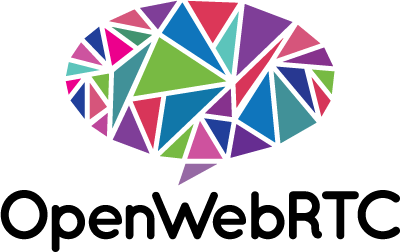Enter 'congestion control' - mechanisms that try to adapt to the congested network situation by means of detecting (implicit or explicit) the persistent congestion and adjusting the amount of data being transmitted accordingly. The minimum goals of the congestion control is to - avoid congestion collapse, achieve some sort of fairness, provide robust and predictable application behavior while ensuring low latency.
For web browsing, file downloading and similar, congestion control is built into the Internet transport protocol that most HTTP and other web traffic travels over - TCP (Transmission Control Protocol). However, WebRTC media places high demands on networks due to the need for relatively high and consistent bandwidth while maintaining low latency. If the network gets congested for whatever reason, it means you need to reduce your transmission rate to maintain the same latency and avoid packet loss, if that is even possible.
At Ericsson Research, we have designed and developed a new congestion control algorithm called 'SCReAM', Self-clocked Rate Adaptation for Multimedia, for WebRTC media traffic. SCReAM is well-suited for both wired and wireless network access and a perfect match for OpenWebRTC. We are excited to announce that SCReAM has been integrated into the OpenWebRTC project.
SCReAM, a self-clocked sender based congestion control algorithm which has already been proposed and adopted in the IETF RMCAT Working Group (WG) - a WG focused on standardization of congestion control algorithms for interactive real-time communication. There we have produced enough results to make sure that the SCReAM is safe enough to be deployed in the Internet. You can read more about SCReAM here.
SCReAM is designed on top of already established principles (like the packet conservation principle, LEDBAT one way delay estimation, congestion window validation etc.) in the IETF community with some additional considerations to make those principles suitable for real-time interactive media. SCReAM also stands out from the rest as it is the only one proposed in the WG which is not completely a rate and delay based congestion control algorithm.






